
Plants are an essential part of our ecosystem, providing oxygen, food, and shelter to a multitude of organisms. To study and understand the vast diversity of plant species, scientists have developed a system of classification that organizes plants into hierarchical categories. This article will delve into the classification of plants from the kingdom to the order, providing a comprehensive understanding of how plants are categorized and related to each other.
The Importance of Plant Classification
Plant classification is crucial for several reasons. It helps botanists and researchers communicate more effectively about different species, allows for a better understanding of plant evolution, and aids in the conservation of biodiversity. By classifying plants, scientists can also make predictions about plant characteristics and uses, contributing to fields such as agriculture, horticulture, and medicine.
The Hierarchical Structure of Plant Classification
The classification of plants follows a hierarchical structure starting from the broadest category, the kingdom, and narrowing down to more specific categories such as phylum, class, order, family, genus, and species. This structure helps in systematically organizing the vast diversity of plant life.
Kingdom Plantae
The kingdom is the highest level of classification and includes all plants. Kingdom Plantae consists of multicellular organisms that primarily perform photosynthesis. These organisms have cell walls made of cellulose and are mostly immobile. Examples include trees, shrubs, grasses, ferns, and mosses.
Divisions (Phyla) of Plants
Within the kingdom, plants are further divided into phyla (or divisions). The major plant divisions include Bryophyta (mosses), Pteridophyta (ferns), Coniferophyta (conifers), and Magnoliophyta (flowering plants). Each division represents a significant evolutionary step in plant development.
Classes Within Plant Divisions
Each division is broken down into classes, which group plants with similar characteristics. For example, the Magnoliophyta division is divided into two major classes: Monocotyledons (monocots) and Dicotyledons (dicots), based on the number of seed leaves, or cotyledons, present in the plant embryo.
Order: Grouping Similar Families
Classes are further divided into orders, which consist of one or more families of plants that share certain botanical traits. The order is a critical level of classification because it groups plants that may be used for similar purposes or have similar ecological roles. For instance, the order Rosales includes families such as Rosaceae (roses), Moraceae (figs and mulberries), and Urticaceae (nettles).
The Role of Taxonomists
Taxonomists play a vital role in plant classification. They study plant characteristics and relationships to classify them accurately. Advances in genetic research have significantly impacted taxonomy, allowing for more precise classifications based on DNA sequences. This has led to a more detailed and accurate understanding of plant relationships.
Applications of Plant Classification
Understanding plant classification has practical applications in agriculture, forestry, and conservation. It helps in the identification and cultivation of crops, the management of natural resources, and the preservation of endangered species. By knowing how plants are related, scientists and farmers can develop better strategies for breeding and crop improvement.
Conclusion
Plant classification from kingdom to order provides a framework to understand the complex relationships and diversity of plant life. This systematized approach is crucial for scientific research, resource management, and biodiversity conservation. As our knowledge of plant genetics expands, the classification system will continue to evolve, offering even more insights into the fascinating world of plants.
Plants are classified in a hierarchical structure from kingdom to order to organize their diversity. The kingdom Plantae includes all plants, characterized by their ability to perform photosynthesis. Divisions, or phyla, represent major evolutionary steps in plant development. Classes within divisions group plants with similar characteristics such as seed leaf number. Orders consist of families of plants with shared botanical traits, crucial for understanding plant uses and roles. Taxonomists and advances in genetic research play a vital role in the precise classification of plants. Plant classification has practical applications in agriculture, forestry, and conservation. 
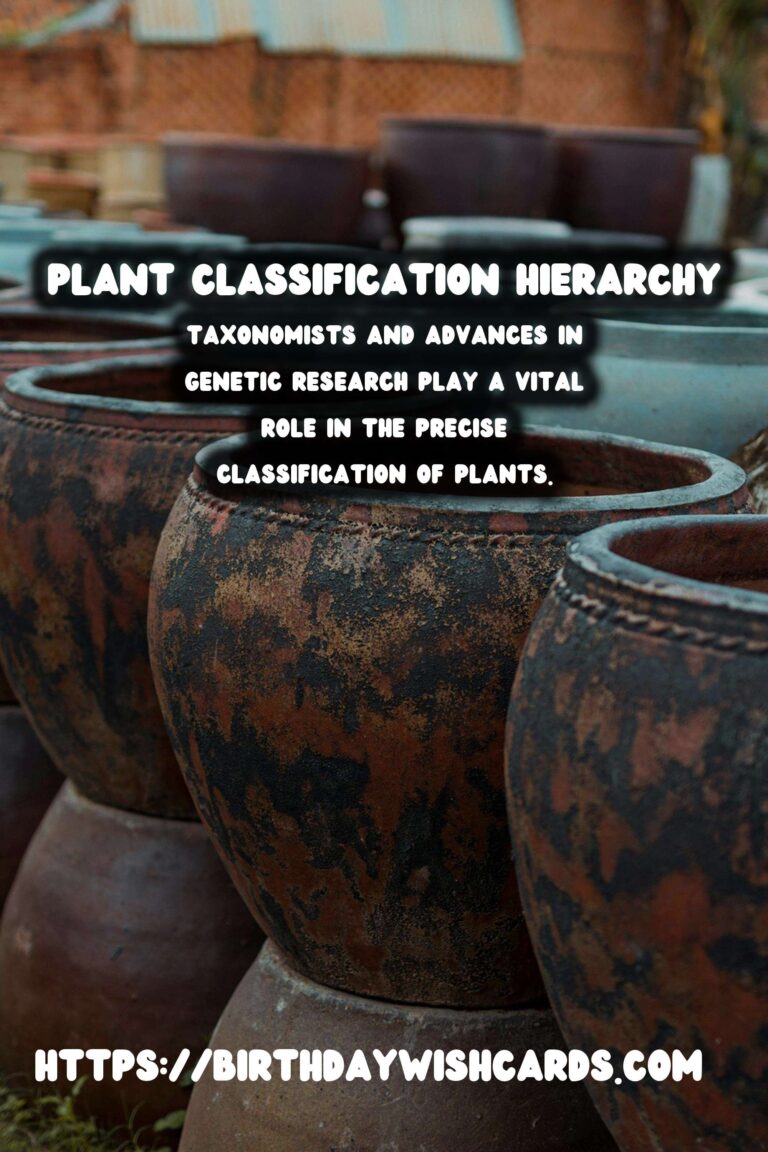

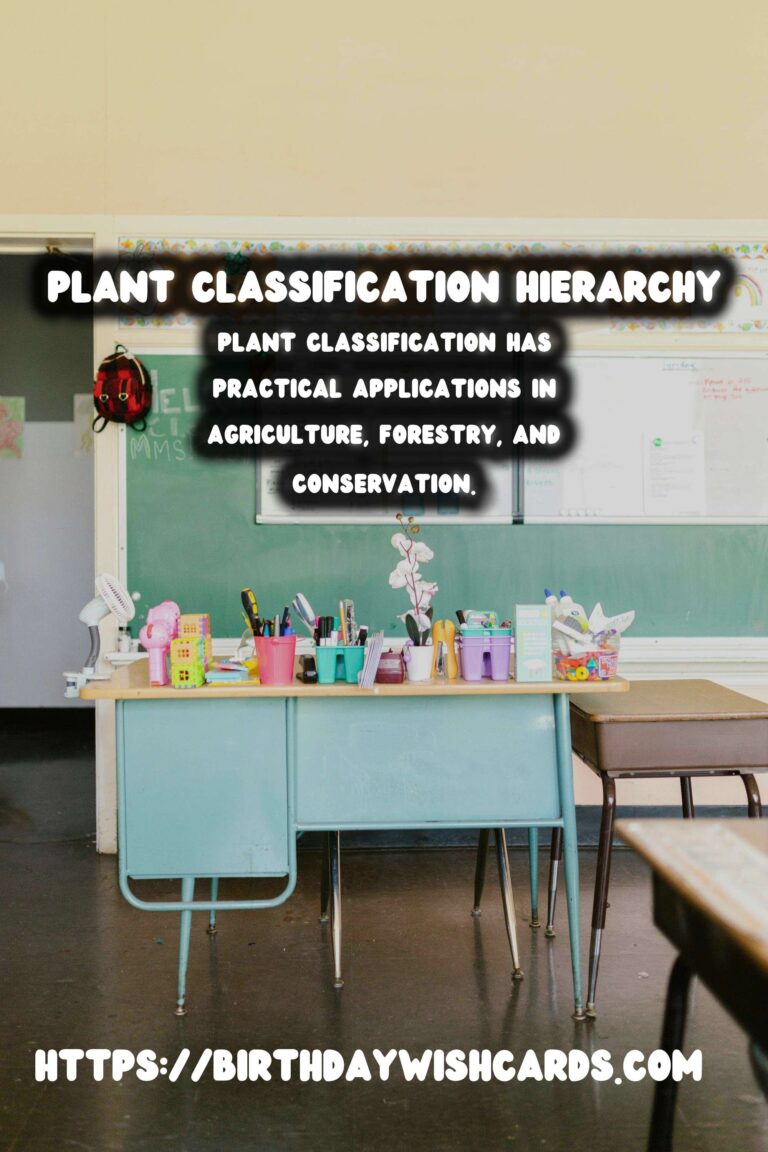

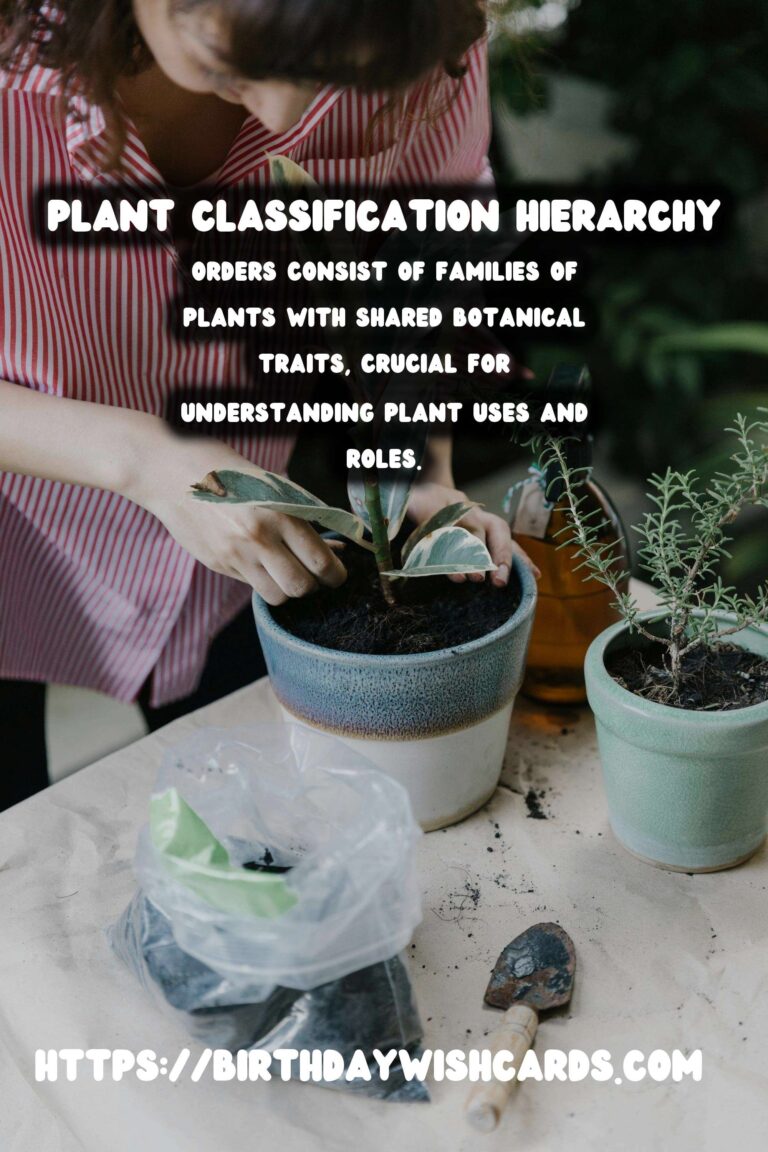
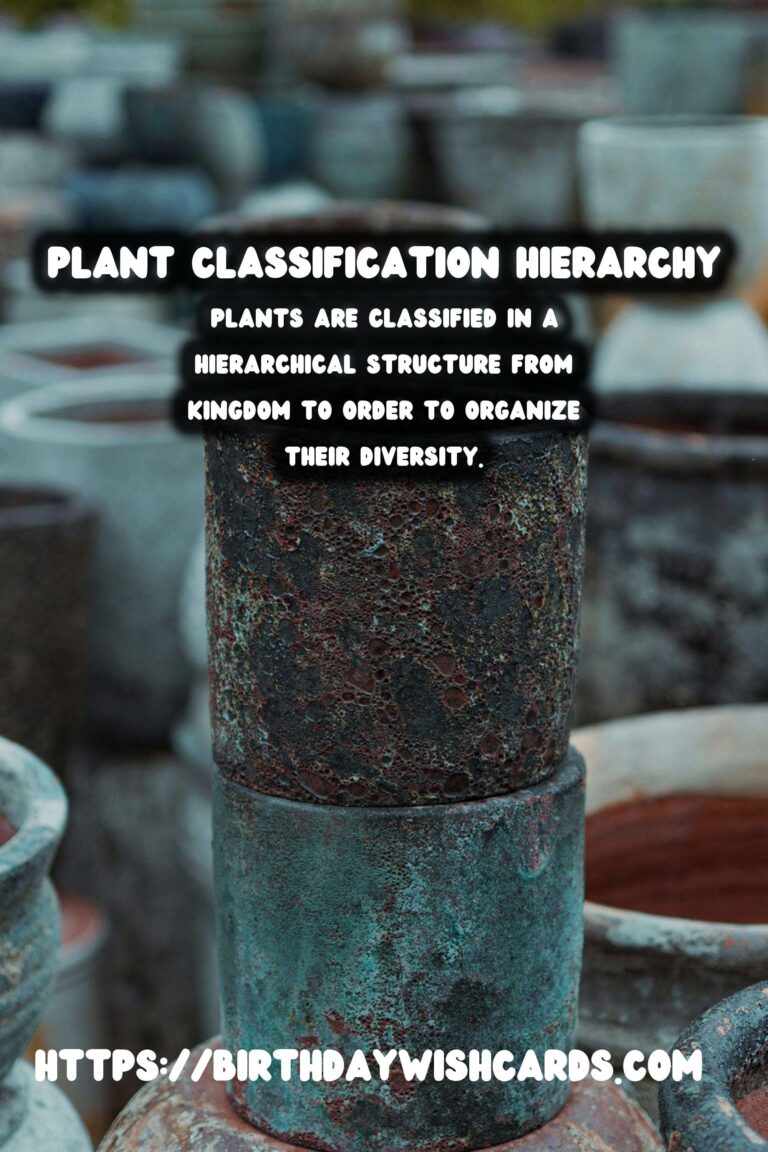

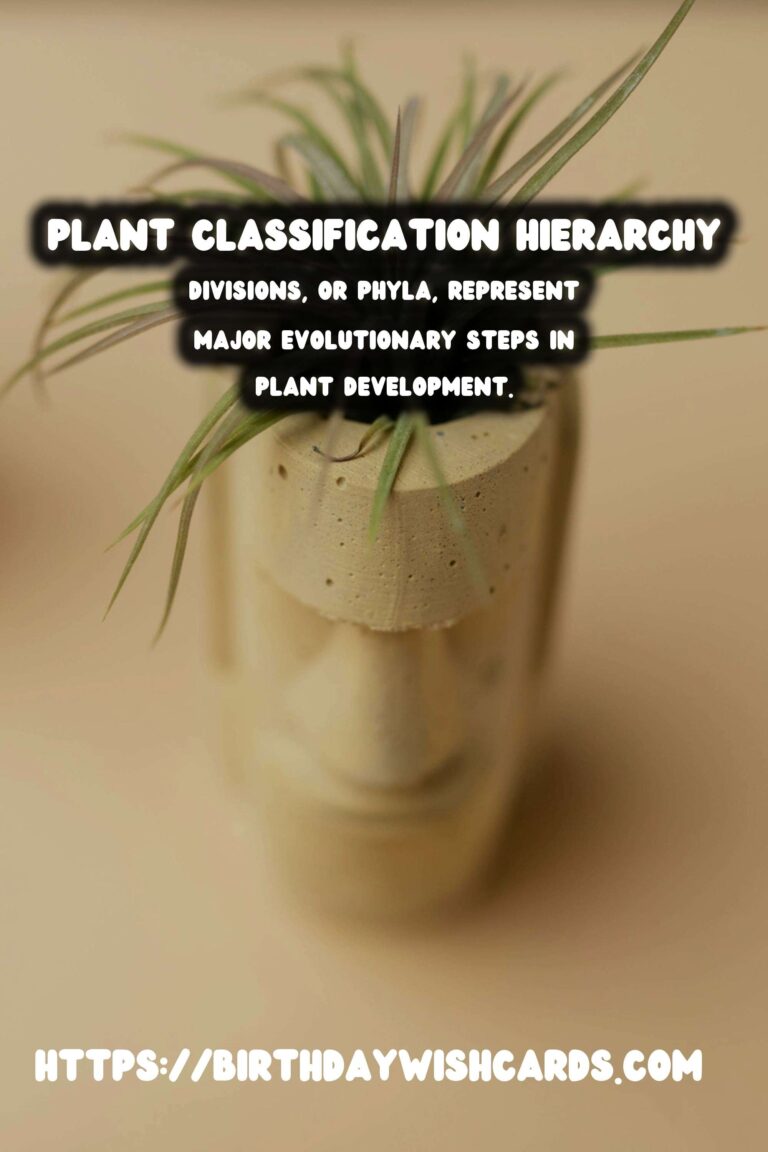

#PlantClassification #Botany #Ecology #Biodiversity #Taxonomy




